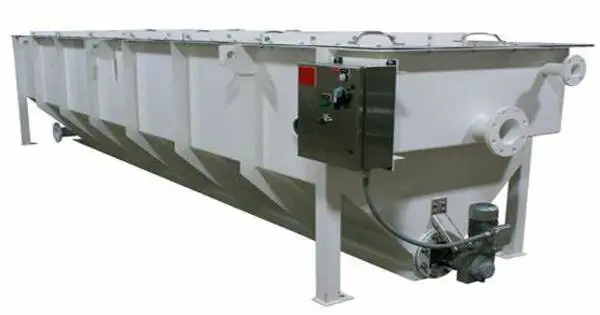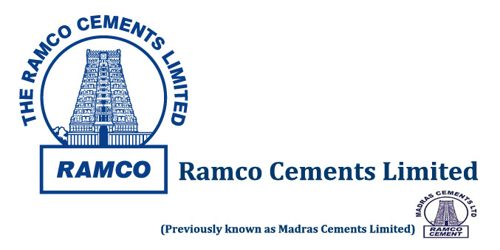An API oil-water separator is a type of equipment that separates oil and suspended solids from wastewater. It is a device used to separate large amounts of oil and suspended particulates from industrial wastewater generated by oil refineries, petrochemical plants, chemical plants, natural gas processing plants, and other industrial oily water sources. The name refers to the fact that such separators are designed in accordance with American Petroleum Institute (API) specifications.
The word “API” refers to the American Petroleum Institute, which has developed standards for the design and operation of such separators. These separators are widely employed in sectors such as oil refineries, petrochemical plants, and other facilities that produce oily water as a byproduct of industrial processes.
Working Method
The API separator is a gravity separation device that uses Stokes’ Law to determine the rise velocity of oil droplets based on their density and size. The design is based on the specific gravity difference between oil and wastewater, which is substantially smaller than the specific gravity difference between suspended particulates and water. The suspended solids fall to the bottom of the separator as a sediment layer, the oil rises to the top, and the cleansed wastewater forms a layer in the center between the oil and solids.
Here are some key features and principles of API oil-water separators:
- Design Standards: API oil-water separators are designed and constructed according to guidelines outlined in API Publication 421. The design factors include the flow rate, specific gravity of the oil, and temperature of the wastewater.
- Gravity Separation: The primary mechanism for separation is gravity. The separator provides a quiescent zone where water and oil can separate based on their density difference. The oil, being less dense, rises to the top, forming a layer that can be skimmed off.
- Inlet and Outlet Configuration: The wastewater enters the separator through an inlet where it is slowed down to allow for settling. The separated oil is then collected at the top, while the clarified water is discharged from the bottom.
- Baffles and Coalescing Plates: Inside the separator, there may be baffles or coalescing plates to enhance the separation process. These elements help trap and aggregate small oil droplets, facilitating their rise to the surface for easier removal.
- Skimming Mechanism: An API separator typically includes a skimming mechanism to remove the floating oil layer. This can be a mechanical skimmer or a surface weir that directs the oil towards a collection point.
- Effluent Quality: The goal of an API oil-water separator is to produce effluent water with a reduced concentration of oil and suspended solids. However, the quality of the effluent may still require further treatment, depending on regulatory standards.
- Maintenance: Regular maintenance is crucial to ensure the efficient operation of the API separator. This may include the removal of accumulated sludge, cleaning of coalescing plates, and inspection of mechanical components.















